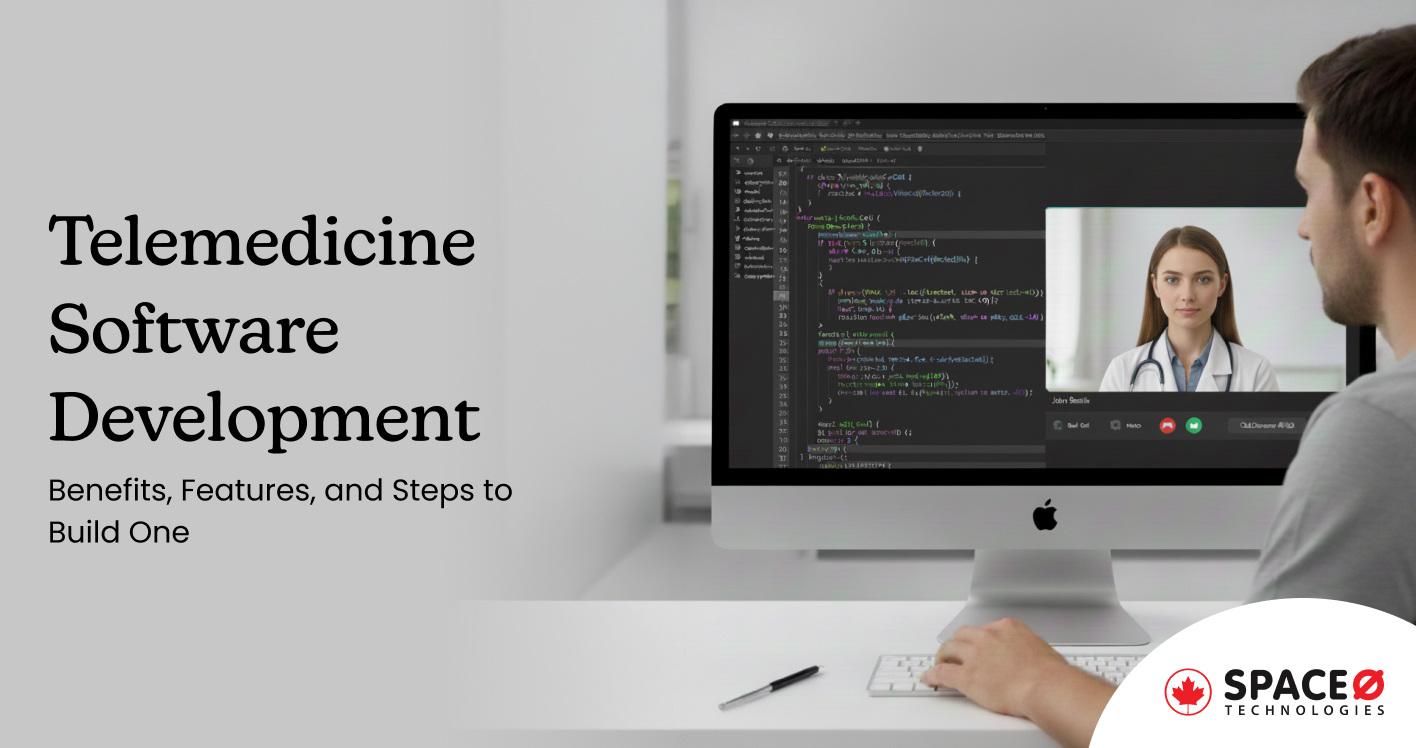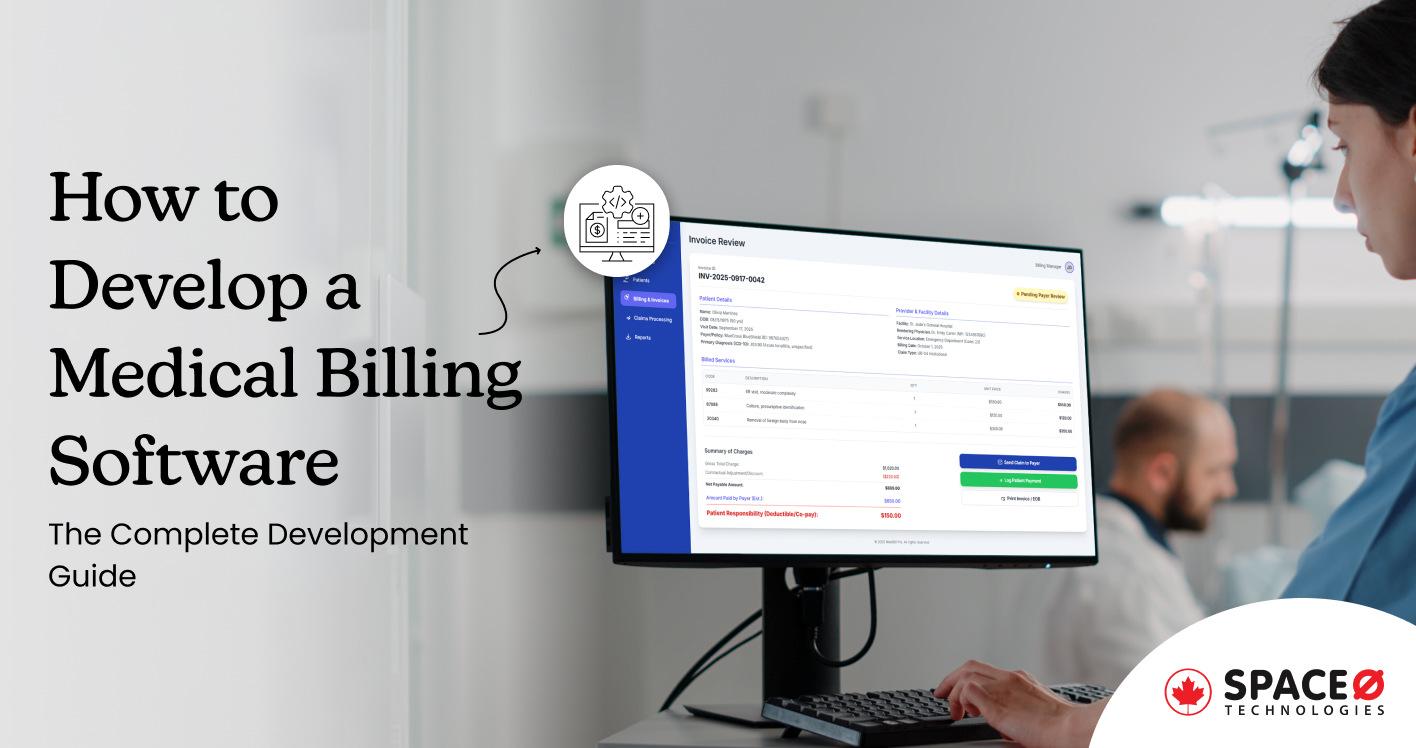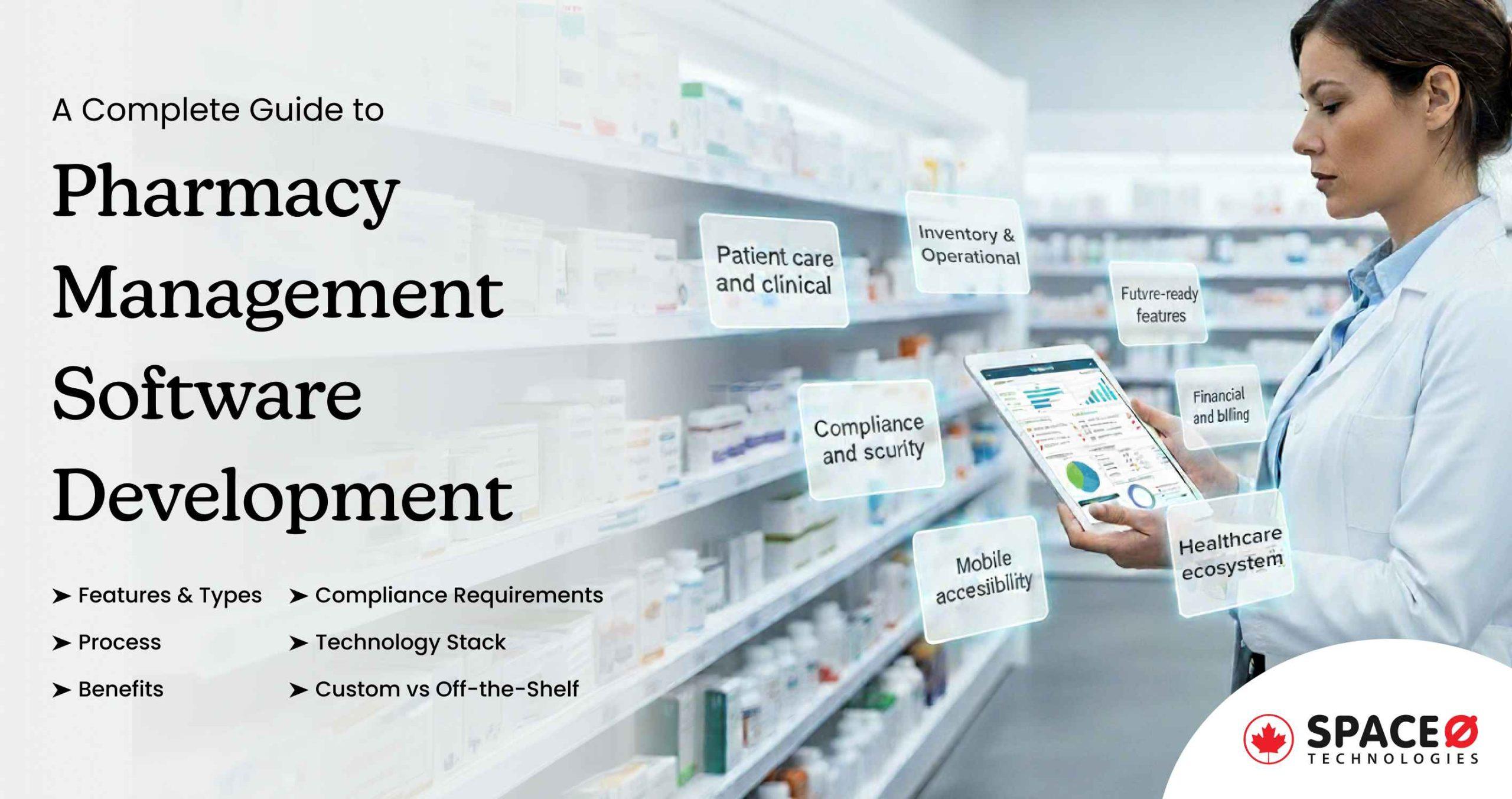
9 Software Testing Best Practices to Follow in 2025
Key Takeaways:
Here are the three effective software testing best practices.
- Establish a well-structured testing plan to ensure a transparent and efficient testing process, leading to optimized resource allocation and improved software quality.
- Integrate testing within the development stage, particularly in Agile or DevOps methodologies, to enable faster issue resolution, better collaboration, and higher software quality.
- Utilize test-oriented development methods and various types of testing, along with implementing automated testing and detailed test cases, to create reliable, maintainable, and high-quality software applications.
If you are unable to ensure the quality, reliability, and performance of your software application, all your efforts, money, and time gets wasted.
Not only this, you might end up facing problems like poor user experience, loss of revenue, brand reputation damage, security breaches, increased costs, and even legal issues in certain cases.
So, you may want to know how to ensure the quality of your software application. The answer is following software testing best practices.
As a leading software development services provider in Canada, we develop and test software solutions before deployment. To meet the expectations of our clients, we need to streamline the development and testing that help us to meet the goals.
Based on the research and experience, we have listed down the 9 best practices for software testing that help to ensure the quality and performance of your software.
Let’s dive into this blog post.
Table of Contents
9 Most Useful Best Practices for Software Testing
Here is the list of best practices to follow when you are testing your software.
Create a Detailed Testing Plan With Measurable Parameters
Preparing a detailed, clear, structured testing plan helps you to design a proper, quantifiable, and transparent testing process. This way, you can track the progress of your software testing and evaluate the effectiveness of your testing efforts. To define a detailed testing plan, you should be clear about the following things.
- Define the scope of your testing, including features and functionalities to be tested and addressing the constraints or limitations.
- Clearly define your testing process’s objectives, such as validating functionalities, and setting up benchmarks of security, performance, and usability.
- Specifying the different types of software testing to be performed on your software application.
- Preparing a schedule of your software testing that includes information like milestones, deadlines, and dependencies of any of your software applications.
- Including information on the software testing environment that includes information like hardware, software, network configuration, and resources to use for software testing.
- Define the parameters to evaluate the progress of your software testing and provides insights on improving the performance of testing and areas of improvement during the software testing life cycle.
Having a testing plan helps you to be accountable and helps you in better decision-making, optimized resource allocation, and ultimately software quality during testing.
Combine the Testing With the Development Stage
When you are following Agile or DevOps methodologies for your software development, integrating testing within the development stage is beneficial. Testing during the development process allows you to identify and resolve the issues or bugs as soon as they emerge in your software.
Collaborating with developers and software testers helps you to develop better and quality software due to shared responsibility and better communication.
When you combine testing with development, it is helpful in various ways such as detecting the bugs earlier, getting faster feedback, reducing time to market, getting the enhanced quality of code, releasing software with the least or no bugs, and utilization of the resources efficiently.
Here is a tip for you: Use a checklist to ensure error-free deployment of your software product. Here is the complete checklist of software testing which helps you to enhance your software quality and error-free deployment.
Implement Test-oriented Development Methods
As a developer, you surely want to create a software application that is reliable, maintainable, and high-quality. For that, utilizing test-oriented development methods is helpful, such as TDD (Test-driven development) and pair programming, and BDD (Behaviour-driven development).
For example, if you use test-driven development method during your software development, you need to follow these steps, write a failing test, implement the code, refactor the code, and repeat the process until you get accurate test results. Following test-first approach helps you to ensure your software code works fine as per requirements.
In addition to that, using the pair programming technique helps you to combine two programmers. One developer writes the code of the application. Another developer sits beside, observes the code, provides suggestions, and helps to improve the overall quality of your software.
Prepare a Testing Results Report
Performing the testing of your software is fine. But, you need to have a good testing results report. Why? Having a proper testing report provides you benefits, such as accountability of different tests you have performed, building transparency between the team, performing informed decisions based on the test results, and tracing the test results to know if your software meets your requirements.
Here is the list of information that you need to cover in your testing report results.
- Test execution summaries like the number of test results executed, passed, failed, pending, and deviations from the plan.
- Summary of defects found in your software application with information like the severity of the defect, priority, status, and any trends or patterns being observed.
- Details on which testing activities are covered like requirements, functionalities, code of the software, and identifying the gaps or areas of your needed testing.
- Describe details on the risk assessment strategy which includes information from accounting the identified defects to their impacts to their likelihood of occurrence.
Define the Right Measurement Metrics and Monitor
First of all, define the right metrics for testing your software. Make sure your defined metrics are aligned with your business goals. The right metrics help you to know if your software is working according to your requirements and fulfills the requirements of your end-users.
Moreover, ensure that all the software development and testing members are aware of the metrics, and KPIs, and follow the defined cycle. To give you a glimpse into metrics, here are the names of a few famous metrics, such as defect density, test coverage, test execution time, test case effectiveness, and test automation rate.
Depending on your test strategy, you need to define the test metrics that help you to create high-quality, reliable, and error-free software applications.
Perform the Different Types of Testing of Your Software
To ensure your software application is secure, reliable, and provides a good user experience, you need to perform different types of software testing. There are different types of testing to ensure every aspect of your software performs well when deployed in real-time. QA testers perform functional as well as non-functional testing on your software application.
Here is a list of different types of software testing:
- Unit testing
- Integration testing
- System testing
- Stress testing
- Regression testing
- Performance testing
- Compatibility testing
- Smoke testing
- User Acceptance testing
- Security testing
- Usability testing
- Exploratory testing
Perform Testing on Real Devices
When you actually want to detect the bugs in your software, then it is necessary to perform testing of your software on real devices. You should not run your software on a simulator or emulator as they are not purely capable of providing actual end-user experience.
You even need to perform testing of your software application in conditions like when the internet is slow and errors in a network connection.
This way, you are able to find the bugs that actually need to be fixed in your software application. So, in the end, you can deploy the software application that has the least or no bugs.
Write Detailed Test Cases
If you want to define an effective and efficient software testing process, then writing test cases in detail becomes important. Detailed test cases have all the essential information about the whole testing process.
Your test case writing process should be standard so there is no confusion when creating detailed cases and adding information. Information like test case ID, test case title, test case description, test inputs, test steps, expected results, test environment, test priority, test case author, test case results, and test execution history.
Having all these details in your test cases document helps your QA team to be on the same page and gives ideas on what types of test cases they need to execute.
Here is a quick hack for you:
If you don’t want to create a test case document, here is our template for software test cases.
Implement Automated Testing
When you are performing manual testing, there are high chances of errors. The better way to avoid errors during your software testing is to implement or adopt an automated testing approach. Therefore, by integrating CI/CD pipeline and using top software testing tools, you can ensure that the software application has error-free code only after being deployed in the production department.
To get the best results in the testing process, you need to ensure that every part of your software code is checked automatically in the CI pipeline (Continuous testing). So, you have a less complex process of testing as well as better control over your testing process.
These are the 9 best software testing practices to help you perform the testing of your software effectively and deploy error-free software in the production environment. If you have more questions on best practices for quality assurance, check the following section of the FAQ.
Want to Build Error-free Software?
Let’s connect. Discuss your requirements, decide on a hiring model, and get our experienced software developers and testers.

Build Robust and Scalable Software for Your Business
Let’s talk. We are a renowned software company in Canada, having experienced software developers who have built 300+ solutions so far.
If you have more questions on best practices for quality assurance, check the following section of the FAQ.
FAQ About Best Practices for Software Testing
How to optimize test cases effectively
To create effective test cases, you need to consider factors such as risk, the criticality of bugs, the execution time of tests, and the impacts of defects on the end users. While creating test cases, if you focus on these core points, you can optimize and create effective test cases.
What are the benefits of automated testing in the software testing process?
Here is a list of benefits you get from automated testing.
- Faster test execution
- Increased test coverage
- Improved test accuracy
- Reduces human efforts
- Increases ability to test often with speed
What are the ways to write a comprehensive test plan?
For creating a comprehensive test plan, you need to take care of the following points.
- Define testing objectives
- Identify testing types and techniques
- Design accurate test cases
- Define test deliverables
- Determine test metrics
- Prepare a plan for test execution and management
- Prepare a plan for risk management
Deploy Bug-free Software by Using These Best Practices
In this blog post, you learned about the nine best practices for software testing. Following these software best practices during your software development process allows you to get improved quality, enhanced performance, and reliable software.
Whether you are conducting automated tests or manual tests on your software, these practices help to ensure high-quality of your software. Often high-quality software applications help companies to get better success in the long run.
If you are looking to develop a bug-free software application, get in touch with us. We are a leading software development company in Canada, having experience in creating and deploying 300+ custom software applications for worldwide clients.
Editor's Choice

Telemedicine Software Development: A Complete Guide to Building Remote Healthcare Platforms

Medical Billing Software Development: The Complete Guide for Healthcare Providers

A Complete Guide to Pharmacy Management Software Development
All our projects are secured by NDA
100% Secure. Zero Spam
*All your data will remain strictly confidential.
Trusted by


Bashar Anabtawi
Canada
“I was mostly happy with the high level of experience and professionalism of the various teams that worked on my project. Not only they clearly understood my exact technical requirements but even suggested better ways in doing them. The Communication tools that were used were excellent and easy. And finally and most importantly, the interaction, follow up and support from the top management was great. Space-O not delivered a high quality product but exceeded my expectations! I would definitely hire them again for future jobs!”

Canada Office
2 County Court Blvd., Suite 400,
Brampton, Ontario L6W 3W8
Phone: +1 (437) 488-7337
Email: sales@spaceo.ca

